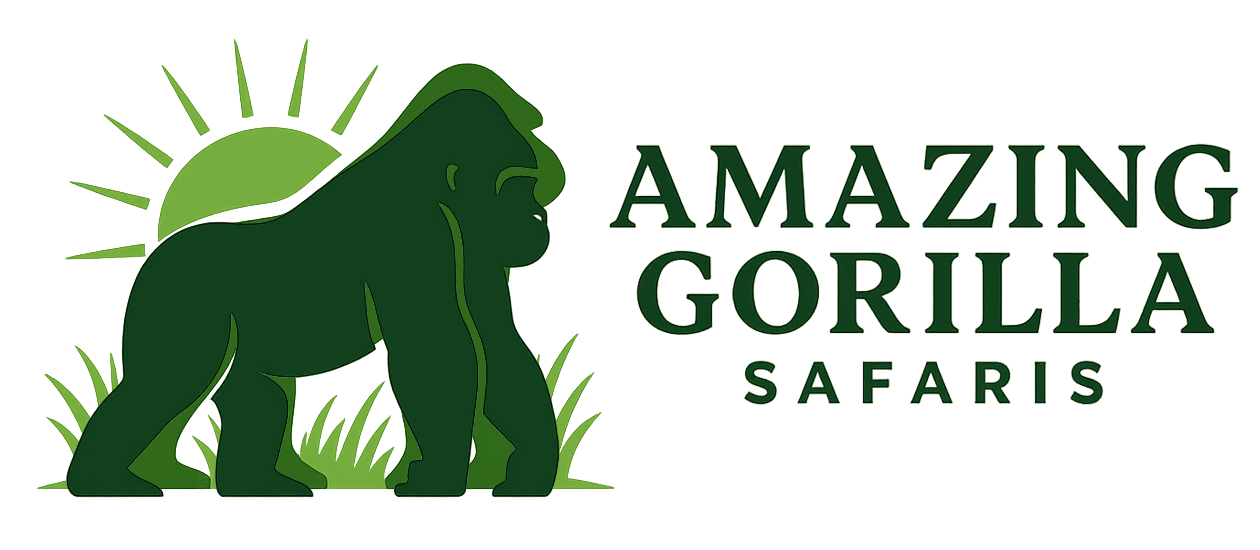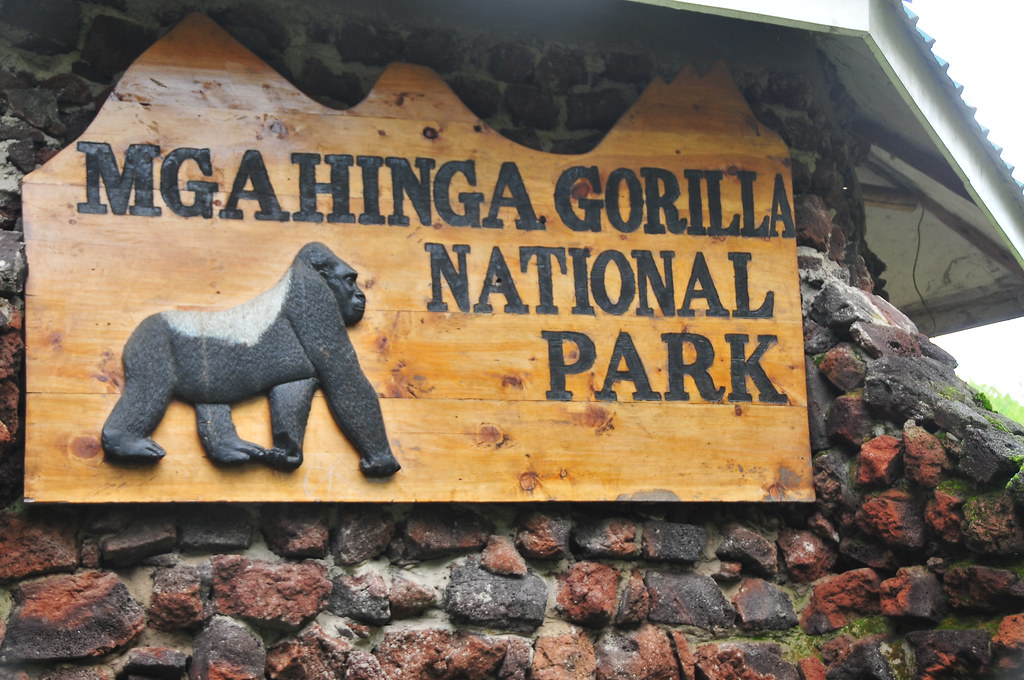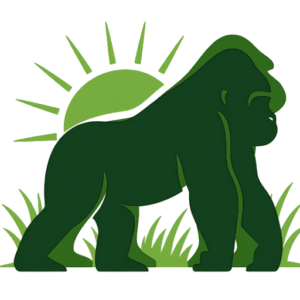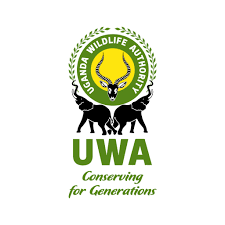Nestled in the far southwestern corner of Uganda, where the country meets Rwanda and the Democratic Republic of Congo, Mgahinga Gorilla National Park is more than just a place to see gorillas. This little-known gem of a park is also a hiker’s paradise, offering spectacular treks up the dramatic Virunga volcanoes, scenic forest walks, and cultural encounters with the Batwa pygmies — all in one unforgettable adventure.
For anyone looking to experience Uganda on foot, hiking tours in Mgahinga Gorilla National Park are some of the most rewarding you’ll find anywhere in East Africa.
Why Hike in Mgahinga?
Mgahinga’s landscape is dominated by three extinct volcanoes — Sabinyo, Gahinga, and Muhabura — part of the great Virunga mountain chain. Covered in bamboo forests, montane woodlands, and moorland, these peaks offer hikers not just a challenge but also breathtaking scenery, cool mountain air, and a unique sense of remoteness.
Whether you’re chasing panoramic summit views, exploring lush trails alive with birds and primates, or immersing yourself in the cultural stories of the Batwa people, hiking in Mgahinga is the perfect way to connect with both nature and heritage.
The Three Virunga Volcano Hikes
Mount Sabinyo Hike
Known as the “Old Man’s Teeth” because of its jagged peaks, Mount Sabinyo (3,669 m) is the most iconic hike in Mgahinga. This challenging trek takes about 8 to 10 hours round-trip, following a steep and rugged trail that includes wooden ladders over narrow ridges.
At the summit, you stand at the meeting point of Uganda, Rwanda, and DR Congo — one of the few places in the world where you can be in three countries at once. The climb is strenuous but immensely rewarding, with unmatched views of the Virunga range and the Albertine Rift Valley.
Mount Gahinga Hike
For a more moderate hike, Mount Gahinga (3,474 m) offers a gentler climb that takes about 6 hours round-trip. Its wide crater at the summit is covered in lush swamp and dotted with giant lobelias, creating a magical atmosphere.
The trail winds through bamboo forests and open moorland, with opportunities to spot golden monkeys, colorful birds, and even glimpses of gorillas along the way.
Mount Muhabura Hike
The tallest of the three, Mount Muhabura (4,127 m), towers above the landscape and offers the toughest climb. This trek can take up to 8 hours round-trip, but the views from the top — stretching across the Virunga Mountains, Lake Edward, and even into Rwanda and Congo — make it worthwhile.
On a clear day, you can also see the distant peaks of the Rwenzori Mountains shimmering on the horizon.
Other Hiking Experiences
If summiting a volcano isn’t for you, Mgahinga still has plenty of hiking opportunities to suit all fitness levels. The Batwa Trail is a cultural hike led by members of the Batwa pygmy community, showcasing how they lived in the forest as hunter-gatherers for generations.
Gentler nature walks around the base of the volcanoes take you through lush bamboo zones, bird-filled montane forest, and grassy valleys with sweeping views of the surrounding highlands.
Best Time for Hiking in Mgahinga
The best time to hike in Mgahinga is during the dry seasons, from June to September and December to February, when trails are less muddy and visibility is better. However, the region’s climate is cool and relatively dry year-round thanks to its high elevation, so hiking is possible almost any time.
Uganda hiking tours in Mgahinga Gorilla National Park combine adventure, scenery, wildlife, and culture in a way few other destinations can. Whether you’re scaling the jagged ridges of Sabinyo, wandering through bamboo forests on Gahinga, or standing on the roof of the park at Muhabura, you’ll experience the raw beauty and diversity that make Uganda a truly unique destination.
If you’re looking to add a dose of physical challenge and unforgettable views to your Uganda safari, hiking in Mgahinga is an experience you simply can’t miss.





